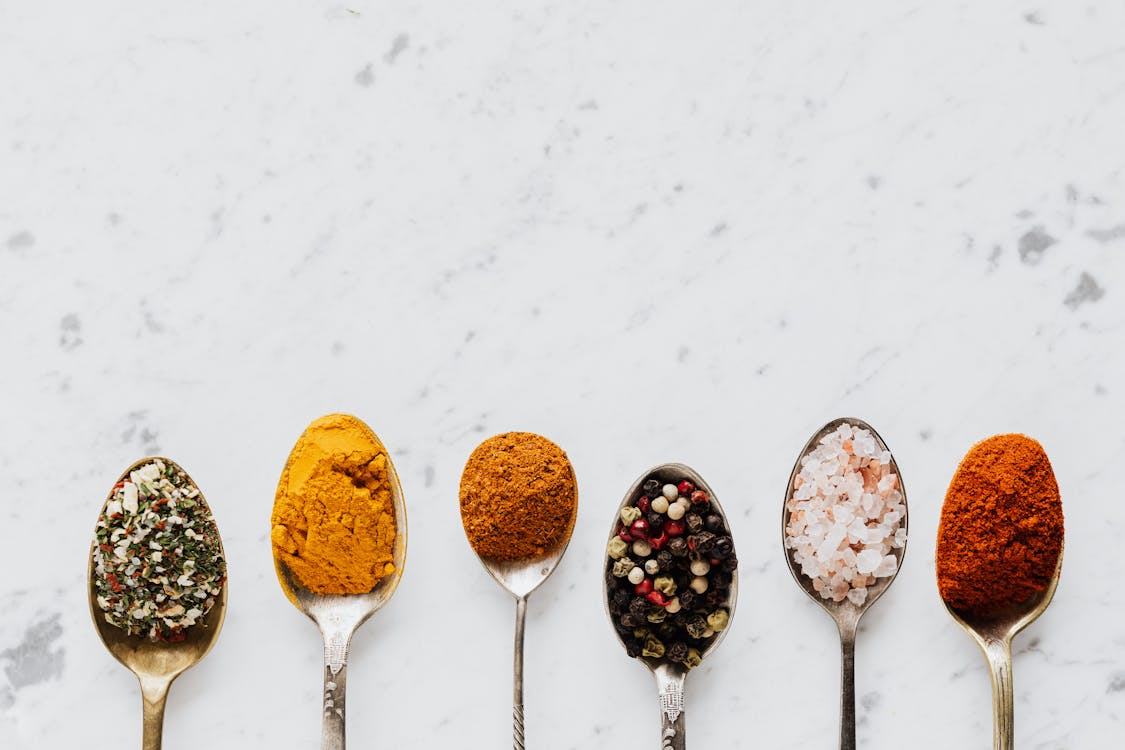Cooking Sustainably: Adding Flavor & Reducing Sodium
CHAPTER 4

LEARNING OBJECTIVES
After completion of this lab, students should be able to:
- Understand sodium and its impact on human health.
- Identify salt substitutes and sodium-controlled ingredients.
- Understand the role of sodium in baking with yeast-leavened products and the strategies used to reduce sodium when baking.
- Identify commonly used ingredients to enhance flavor:
- Herbs and spices
- Sour ingredients
- Flavor extracts
- Fruit and vegetable purees
- Demonstrate preparation methods using healthful and flavor-enhancing marinades and sauces.
BACKGROUND INFORMATION
SALT AND SODIUM
Sodium, which is a component of table salt (sodium chloride), is an important mineral to human health. Sodium is responsible for:
- Maintaining fluid and electrolyte balance
- Proper nerve function and muscle contraction
- Influencing blood volume and blood pressure
It is widely accepted that most Americans consume too much sodium due to a diet high in processed and prepared foods. High sodium intake has been shown to increase the risk of chronic diseases, such as high blood pressure and stroke.
Dietary Guidelines
The 2020-2025 Dietary Guidelines for Americans recommend less than 2,300 milligrams, or 2.3 grams, per day for most healthy individuals – that is equivalent to one teaspoon of salt. For people with cardiovascular disease, high blood pressure, diabetes, or chronic kidney disease, the recommended amount is 1.5 grams per day.


